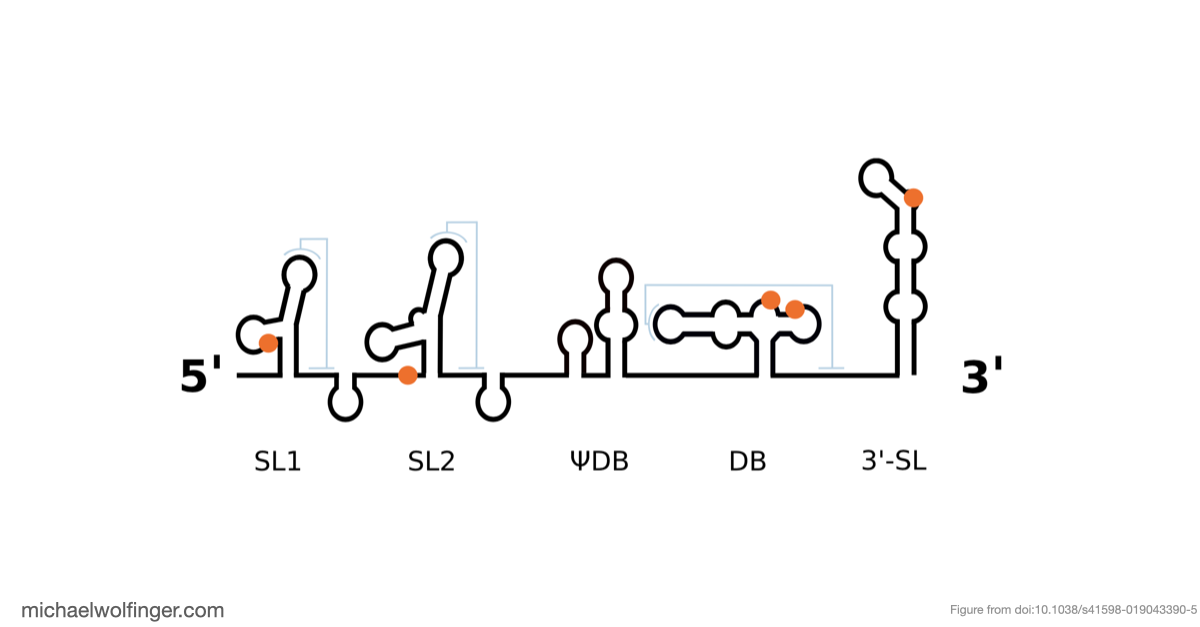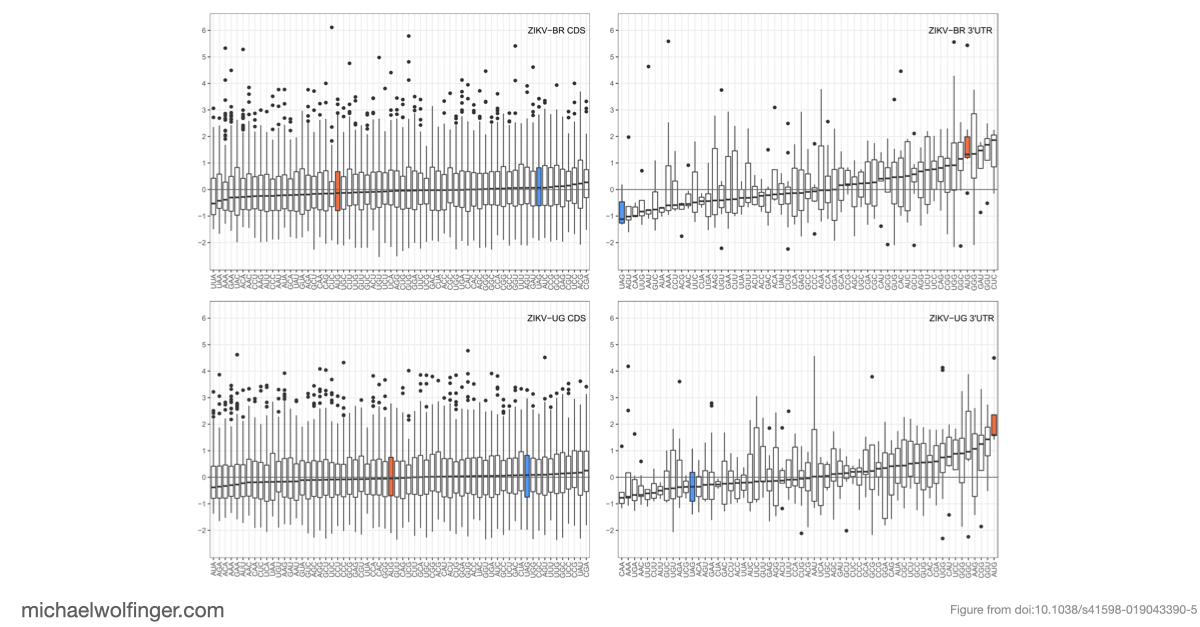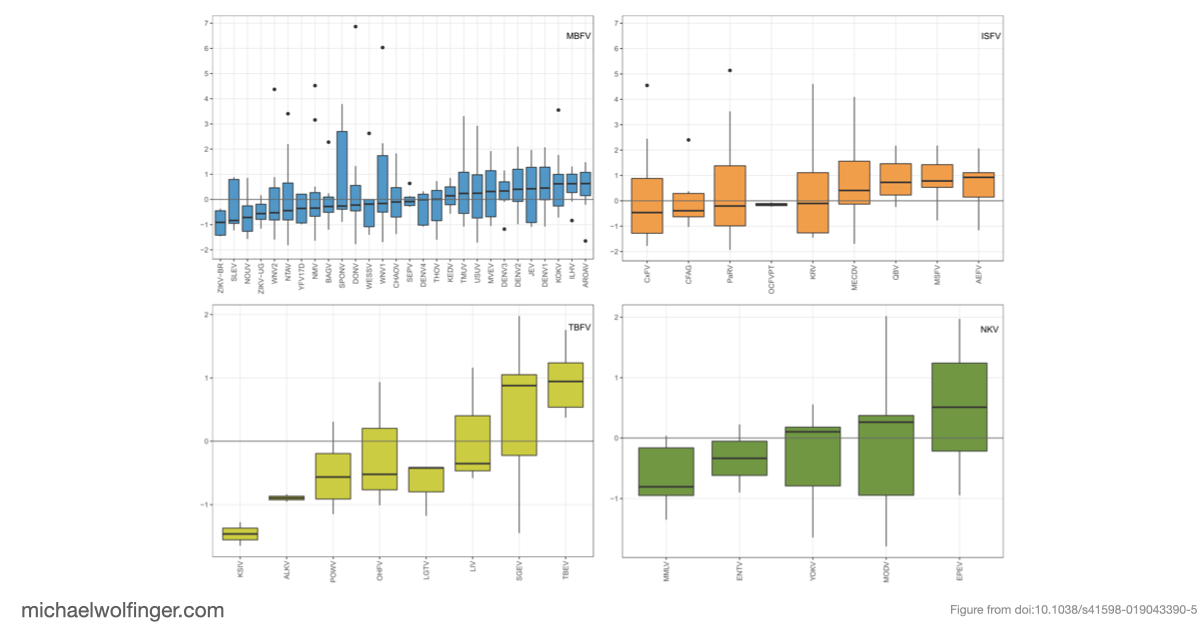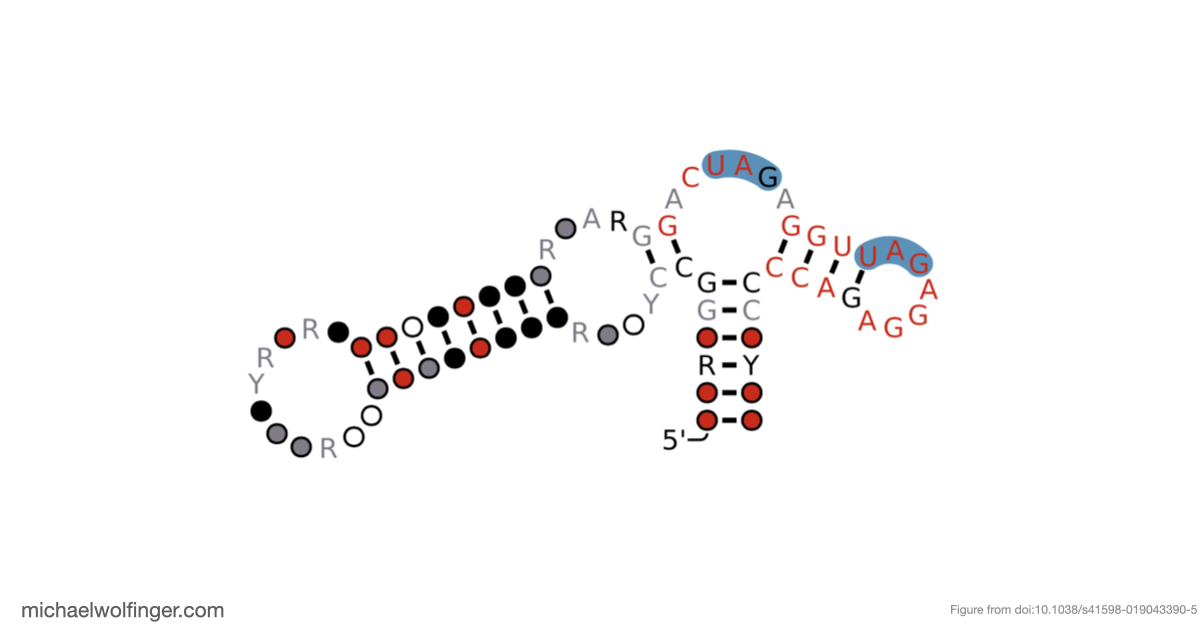Musashi binding elements in Zika virus 3'UTR
Discovering the characteristic traits of Musashi Binding Elements (MBEs) in Flaviviruses with a Thermodynamic Model
In this study, we investigated how flaviviruses can cause congenital neurological disease by examining the accessibility of a specific binding motif for RNA-binding proteins from the Musashi family in the 3'UTR of flaviviruses. Through evaluating the affinity of different viruses to form RNA-protein complexes, we aimed to understand the role of Musashi proteins in promoting Zika virus replication and inducing congenital neurotropism. Using a well-established biophysical model of RNA structure formation, we conducted computational analysis of the thermodynamic properties of Musashi binding elements. Our findings support the hypothesis that suggest Zika virus (ZIKV) is not the only flavivirus capable of causing severe neuropathology through interaction with the Musashi proteins.
Figures and Data
Citation
Musashi Binding Elements in Zika and Related Flavivirus 3’UTRs: A Comparative Study in Silico
Adriano de Bernardi Schneider, Michael T. Wolfinger
Sci. Rep. 9(1):6911 (2019) | doi:10.1038/s41598-019-43390-5 | PDF | Figures
See Also
Theoretical studies on RNA recognition by Musashi 1 RNA–binding protein
Nitchakan Darai, Panupong Mahalapbutr, Peter Wolschann, Vannajan Sanghiran Lee, Michael T. Wolfinger, Thanyada Rungrotmongkol
Sci. Rep. 12:12137 (2022) | doi:10.1038/s41598-022-16252-w | PDF | Figures
A Structural Refinement Technique for Protein-RNA Complexes Using a Combination of AI-based Modeling and Flexible Docking: A Study of Musashi-1 Protein
Nitchakan Darai, Kowit Hengphasatporn, Peter Wolschann, Michael T. Wolfinger, Yasuteru Shigeta, Thanyada Rungrotmongkol, Ryuhei Harada
B. Chem. Soc. Jpn. 96(7):677–685 (2023) | doi:10.1246/bcsj.20230092 | PDF





